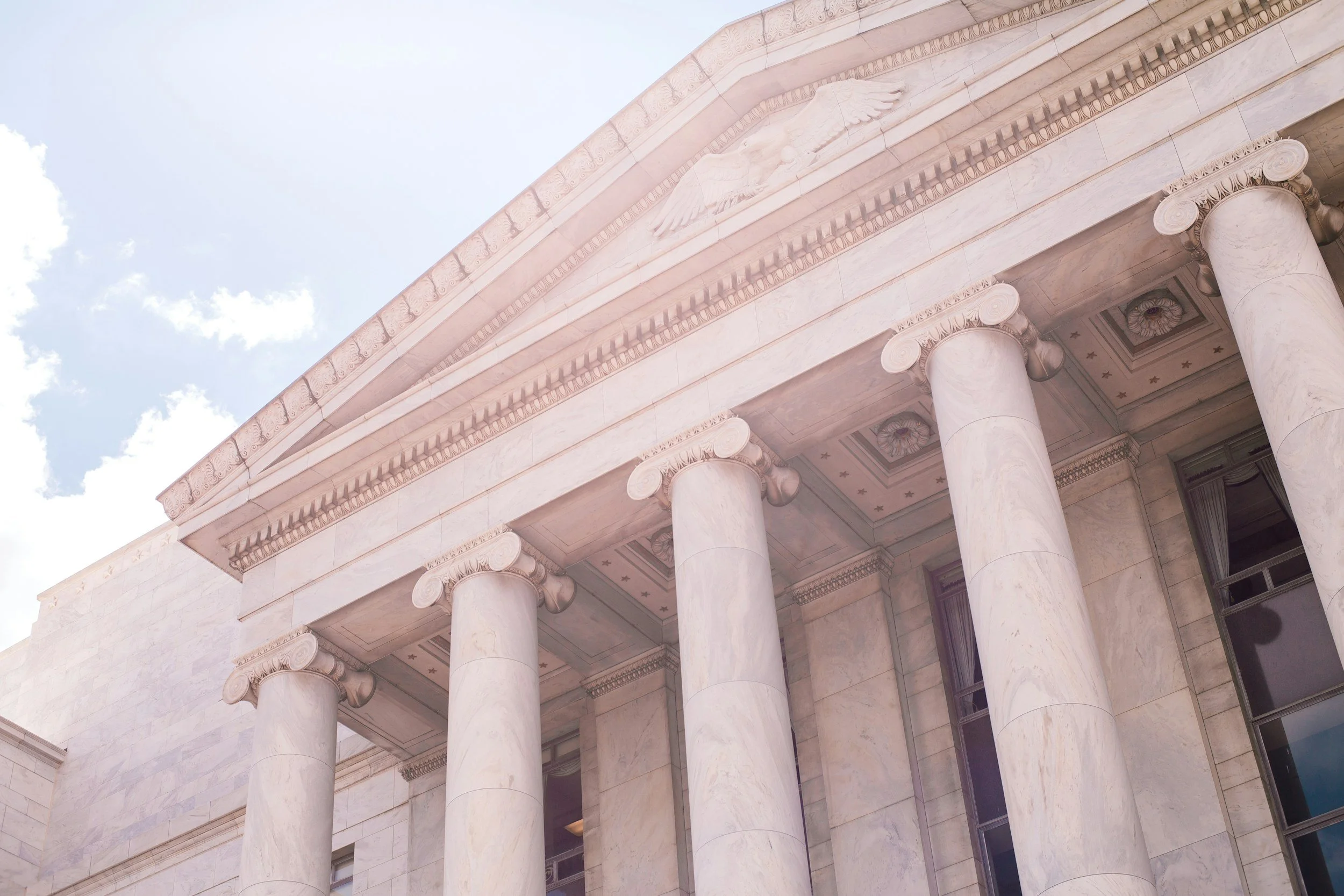In recent years, virtual reality (VR) has emerged as an engaging tool for museums, offering visitors immersive and interactive experiences that go beyond traditional exhibits. However, while VR promises enriched engagement, museum professionals still face multifaceted challenges. So far, most of the research conducted has focused on how museums utilize VR to attract more visitors and, as a result, raise their revenue. But VR is not only about that. Museum professionals and curators face multiple challenges that include integrating technology, curating content, and maintaining the authenticity and educational value of exhibits while meeting the demands of modern-day audiences.
AI and Art Auctions
Although art auctioning is a long-established and time-honoring form of trading, the method and fashion of art auctioning are also challenged and transformed to reflect the needs and trends of each era. In this technology-driven era, specifically in the age of AI, in which all fields of profession and markets are being affected, the world of art auctions is also being transformed at a rapid speed.
Calculating and Reporting Emissions in the Arts
The planet is experiencing the impacts of climate change, and global leaders are prioritizing critical action. In 2015, 196 countries signed the Paris Agreement, which committed to keeping global temperature rise well below 2 degrees celsius above pre-industrial levels (Paris Agreement). It further prioritized keeping temperature rise below 1.5 degrees celsius, the level at which scientists predict the most severe and irreversible impacts may be avoided. To remain below this critical threshold, greenhouse gas emissions must peak before 2025 and be reduced by 43% by 2030.
The Intersection of Equity & XR in Museums
XR is an exciting venture for museums for a variety of reasons ranging from stretching the limits of exhibition possibilities to expanding access and elevating the transfer of knowledge to an interactive, long-lasting experience. But how can museums thoughtfully incorporate XR into their programming, aligned with the sector’s increasing awareness and incorporation of equity goals?
How AI is Leading the Textile Industry to a New Lease on Life?
Artificial Intelligence (AI) has evolved from a concept in science fiction to an essential component of everyday life. With the AI software market expected to surpass well over $200 billion, its extensive impact is unmistakable. This article will delve into the deep relationship between AI and the textile industry, highlighting how AI is transforming this age-old craft in line with the sector’s rapid growth.
Top 10 Articles of 2023
AI-Generated Images: Can We Even Trust Photography Anymore?
How President Biden's Executive Order Might Affect Artists and Arts Organizations
On Monday, the headlines were ablaze with President Biden’s executive order addressing safe, secure, and trustworthy Artificial Intelligence. At 111 pages, the order offers a breadth of policy frameworks and standards creation that affect government operations and industry reporting. However, several areas of note have a direct potential impact on the work of artists and arts organizations: Watermarks of content authenticity, Copyright, and Labor.
Exploring the Feasibility of AI Music Therapy
Climate Change: How Museums and Artists Are Changing The Narrative
Art serves various purposes, ranging from aesthetics, to therapeutic uses, to avenues for making powerful statements – including meaningful contributions to the conversation on climate change and climate advocacy. Here’s how some museums around the world are partnering with artists to use their voice surrounding climate advocacy through installations of art and technology.














